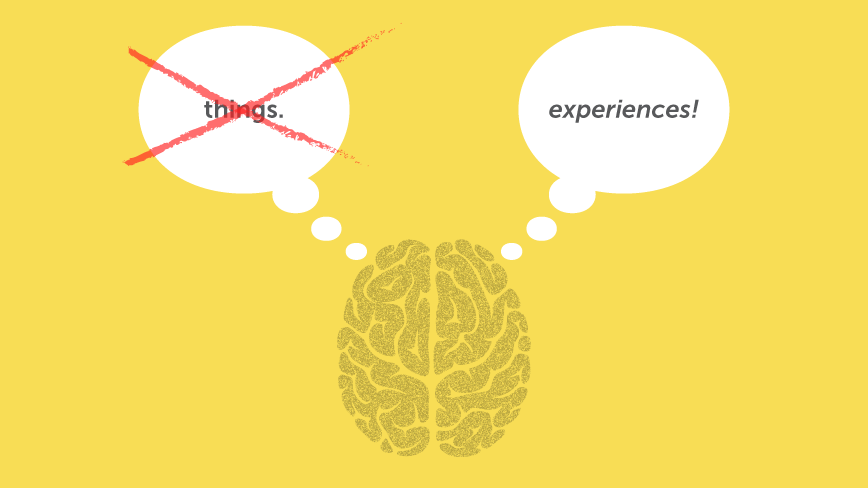While millennials are common experiential marketing targets, the baby boomer generation form a $7.6 trillion market that shouldn’t be ignored.
“The Bucket List” may have been just another hit movie to some, but it represented one of the best ways to market experiences to baby boomers. While “millennial” is on the tip of every marketer’s tongue, the large ranks of the baby boomer generation form roughly a $7.6 trillion market that shouldn’t be ignored.
Maybe the disconnect between marketers and the baby boomer generation — those born between 1945 and 1964 — lies in preconceived notions about how to reach this group. Despite tech-challenged stereotypes, baby boomers are active on social media, and it was predicted that 60.7% of baby boomers would own a smartphone in 2016. Also, some 83% of boomers go online to find info, and 66% go to the internet as the first step of a purchase. As a result, boomers are worth the average marketer’s time more than other generations in terms of audience value.
When marketing to baby boomers, one thing brands should declare is the experiential benefits of their product, especially when that experience represents an earned rite of passage for someone approaching retirement age or who is retired. As boomers begin attaining these life experiences after a long life of hard work, companies that recognize the unique tastes of that generation will tap into a hugely underutilized and underappreciated market.
Experiences are Felt, Not Shared
When talking about millennials and experiential marketing, there’s an implied experience like some sort of feather in the cap — something to be posted on social media. While baby boomers may still seek validation in this way, their desire for experiences stems more from changes to their brain chemistry.
As boomers mature past the first half of their life, their brain’s relationship with the world around them switches from a materialistic view, in which one consumes an experience like a product, to a view where one desires experiences for a personal benefit. Because of this difference, brands need to be creative when positioning their product or service as a means to a meaningful life experience.
One industry that’s naturally able to capitalize on such creative is the travel industry. Older American travelers account for almost half of vacation dollars. Boomers typically take bucket list trips, don’t set budgets, enjoy multigenerational vacations, and view travel as a way to escape and create new experiences.
Experiences are Positive Sets of Interactions
In addition to travel experiences, boomers are increasingly demanding positive experiences at all points in their customer journey. Boomers are the most demanding consumers when it comes to easily accessing goods and services, navigating retail spaces in a simple way, being properly served by sales staff, and having a hassle-free return process. They also know the value of a dollar because they’re the most likely group to accurately assess their spending on food, packaged goods and add-on services.
Yet, while these high demands could be seen as a barrier to some, prioritizing ease-of-use has been a benefit to health and fitness startups, plus tech-focused startups. For example, companies are offering comfortable footwear, concierge and caregiving services, and electric bikes that appeal to the older crowd.
In summary, brands should look to the baby boomer generation for huge opportunities and make sure to offer them something worth remembering in a positive way. Because, in the end, experiences are all we have.

